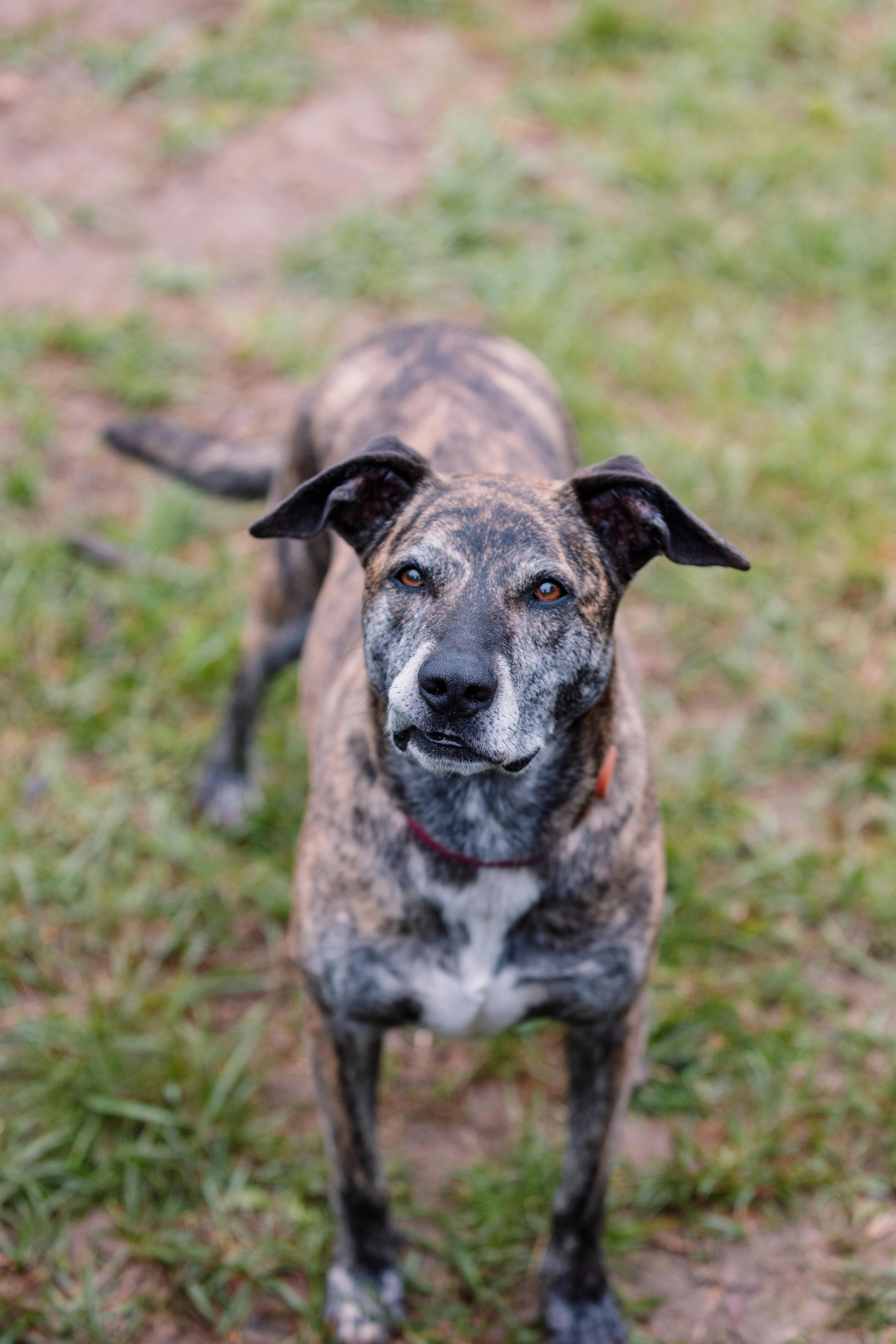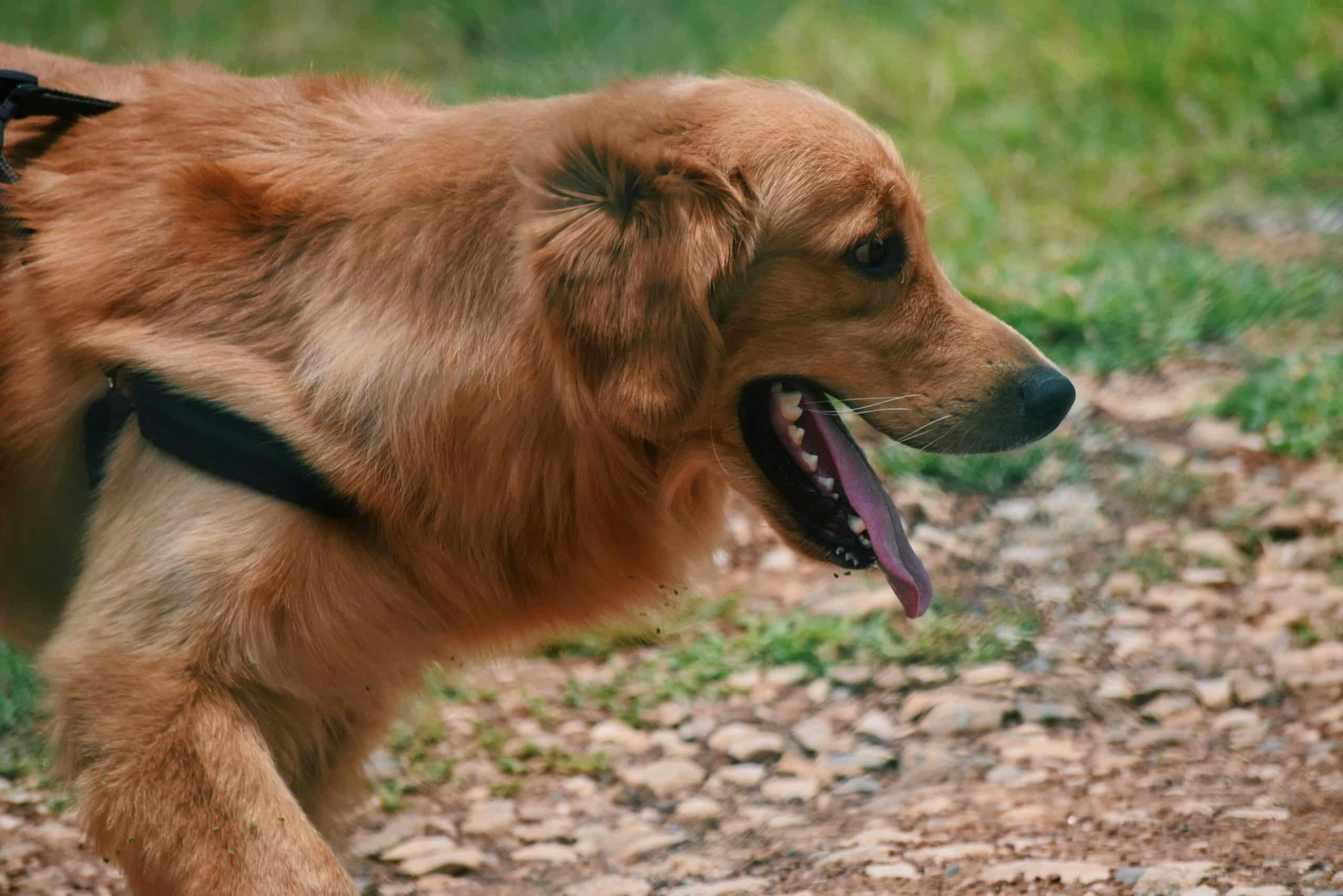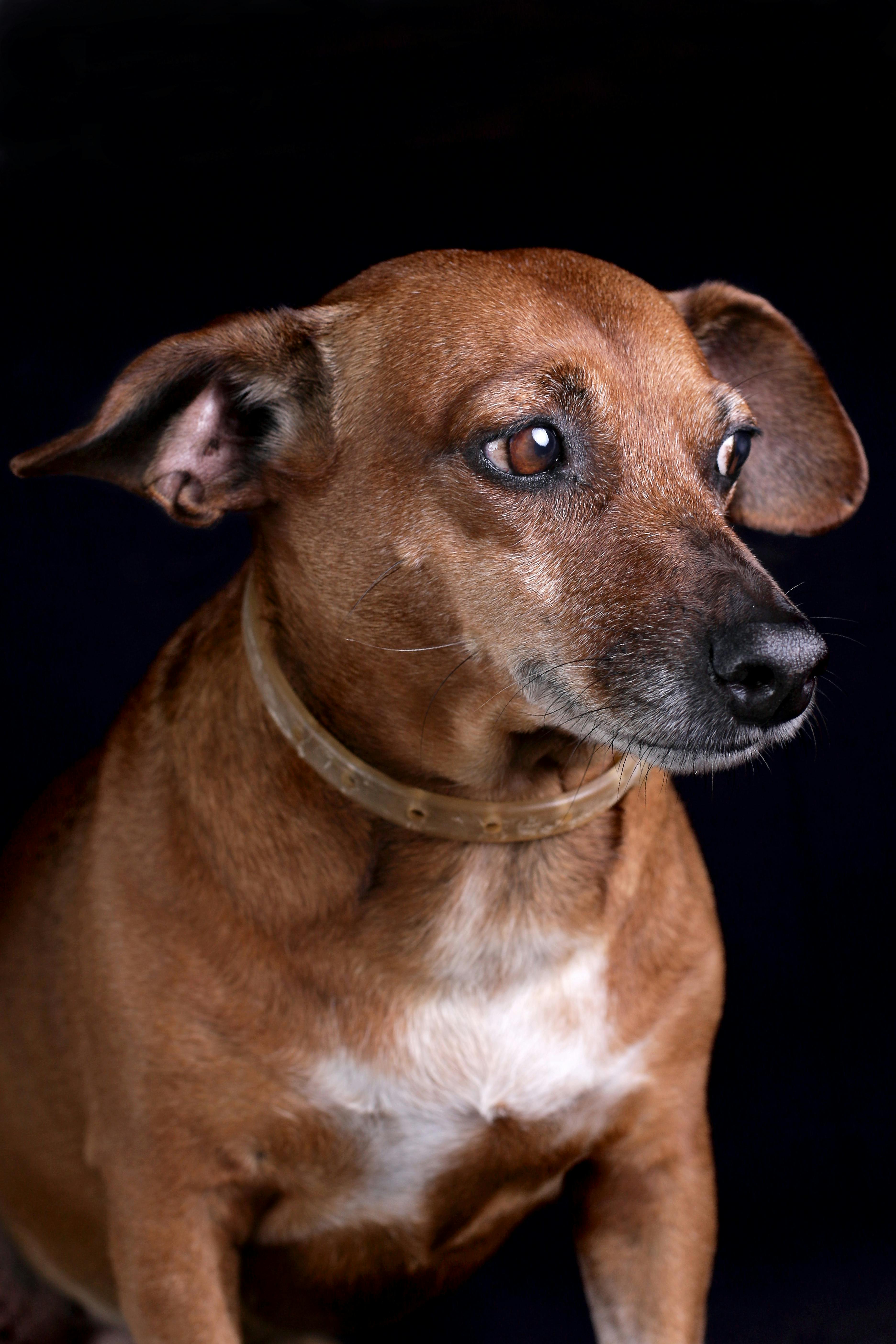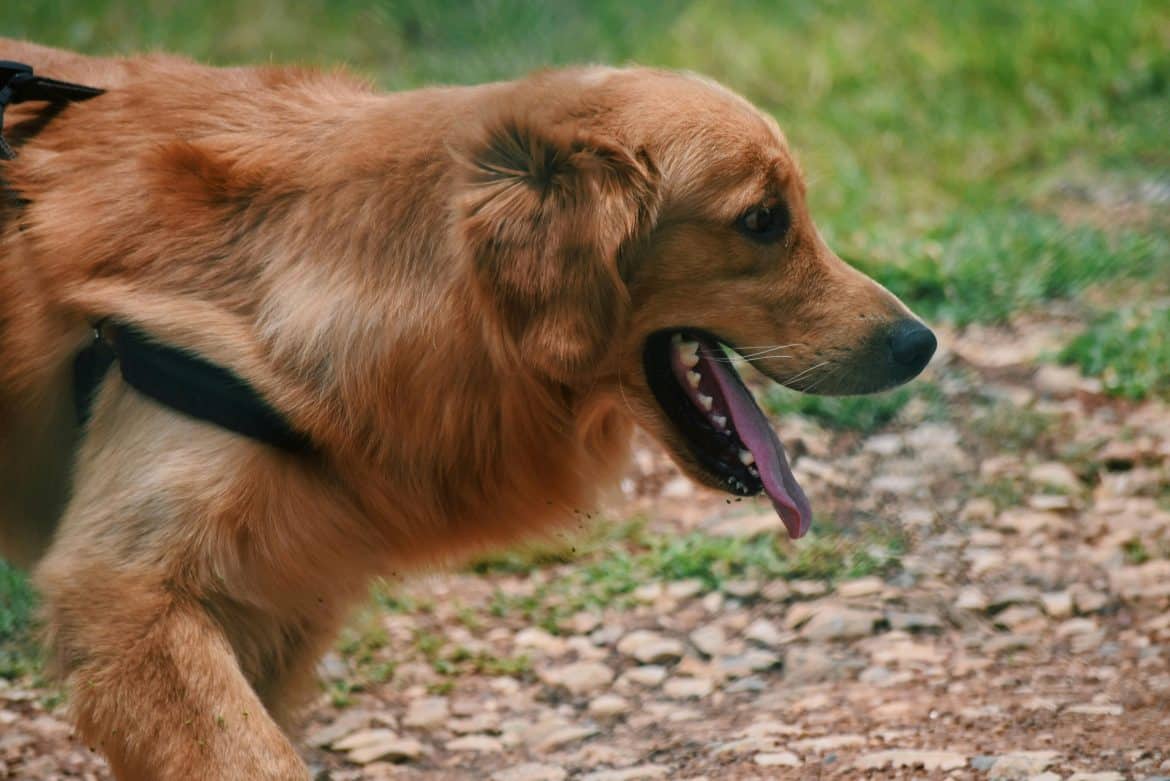Are you a beginner in dog training? Looking for cost-effective techniques to train your furry friend? In this article, we will explore a variety of affordable and efficient methods that will help you successfully train your dog. Whether you're teaching basic commands, addressing behavioral issues, or simply strengthening the bond with your canine companion, these techniques will provide you with the tools you need to achieve positive and long-lasting results. Get ready to embark on an exciting journey of dog training, without breaking the bank!
Positive Reinforcement Training
Positive reinforcement training is a highly effective and humane method of training dogs. This technique involves rewarding your dog for displaying desired behaviors, rather than punishing or correcting them for unwanted behaviors. One popular way to reward your dog is by using treats. Treats should be small and tasty to serve as an enticing reward for your dog's good behavior. Make sure to choose treats that are healthy and appropriate for your dog's diet.
Using treats as rewards
When using treats as rewards, it is important to use them strategically. You should give the treat immediately after your dog performs the desired behavior or command. This helps your dog make the connection between the behavior and the reward. It's also important to gradually reduce the frequency of treat rewards as your dog becomes more proficient at the training. This helps your dog learn to perform the desired behavior even without the presence of a treat.
Using praise and petting as rewards
In addition to treats, you can also use praise and petting as rewards for your dog. Dogs thrive on attention and affection, so using verbal praise and physical affection is a great way to reinforce good behavior. When your dog successfully performs a command or exhibits a desired behavior, use a happy and excited tone of voice to express your approval and give them a pat or belly rub. Remember to be consistent with your praise and petting to reinforce the positive behavior.
Clicker training
Clicker training is a valuable technique that works hand-in-hand with positive reinforcement. A clicker is a small handheld device that makes a distinct sound when pressed. The sound of the clicker acts as a marker to let your dog know they have performed the desired behavior correctly. Clicking the clicker should always be followed by a treat or praise to further reinforce the behavior. With repetition, your dog will associate the sound of the clicker with a reward, making it a powerful training tool.
Training at Home
Training your dog at home provides a convenient and comfortable environment for both you and your furry friend. Here are some tips for effective training at home.
Creating a designated training area
Having a designated training area in your home can help create a focused and distraction-free environment for training sessions. This can be a specific room, a corner of a room, or even a designated space in your backyard. Make sure the area is comfortable, well-lit, and free from any potential hazards. Having a consistent training area will help your dog associate it with learning and make training sessions more effective.
Using household items as training tools
You don't need to invest in expensive training equipment to train your dog at home. Many household items can be repurposed as training tools. For example, you can use a broomstick or a stick as a makeshift hurdle for agility training. And instead of buying expensive toys, you can utilize everyday objects like empty plastic bottles or old towels as training aids. Be creative and resourceful when it comes to using items around your home for training.
Utilizing online resources and tutorials
The internet is a treasure trove of resources for dog training. There are numerous websites, blogs, and online tutorials that provide step-by-step guides and instructional videos on various training techniques. Take advantage of these free online resources to learn new training methods, troubleshoot common problems, and gain inspiration for fun training activities. Just make sure to choose reputable sources that prioritize positive reinforcement and humane training techniques.

This image is property of images.pexels.com.
Training on a Budget
Training your dog doesn't have to break the bank. Here are some cost-effective training techniques for dog owners on a budget.
DIY agility and obstacle course
Agility training is a great way to challenge your dog both mentally and physically. Instead of investing in expensive agility equipment, you can create your own DIY agility course using household items. Set up a makeshift tunnel using old blankets or create an obstacle course using cones, buckets, and broomsticks. You can even use hula hoops as jump bars. With a little creativity, you can provide your dog with a stimulating and fun agility experience without spending a fortune.
Repurposing everyday objects for training
Instead of purchasing specialized training tools, look for ways to repurpose everyday objects for training. For example, an old towel can be used as a makeshift flirt pole for teaching your dog to chase and catch. Plastic containers with lids can be used for nose work games, where you hide treats inside and let your dog use their sense of smell to find them. Get creative and think outside the box to find budget-friendly alternatives to expensive training equipment.
Scheduling training sessions effectively
Consistency is key when it comes to effective dog training, and this doesn't have to cost you a penny. By scheduling regular training sessions with your dog, you create a routine that promotes learning and progress. Aim for short, focused training sessions each day rather than sporadic, long sessions. By dedicating just a few minutes each day to training, you can make significant progress in a cost-effective manner.
Free or low-cost training classes
Many communities offer free or low-cost training classes for dogs and their owners. These classes are a great way to learn from experienced trainers and socialize your dog with other dogs. Check with your local animal shelters, community centers, or pet stores to see if they offer any affordable training classes or workshops. Not only will you save money, but you'll also have the opportunity to learn valuable training techniques in a group setting.
Training Techniques for Common Behavioral Issues
As a dog owner, you may encounter some common behavioral issues that require training and guidance. Here are some effective techniques for addressing and resolving these issues.
House training
House training, or potty training, is one of the first and most important lessons to teach your dog. The key to successful house training is consistency and patience. Establish a routine for taking your dog outside to eliminate, and reward them with treats and praise when they successfully do their business outside. If accidents happen indoors, do not punish your dog; instead, calmly clean up the mess and reinforce the desired behavior by continuing with the training routine.
Leash pulling
Leash pulling can turn a pleasant walk into a frustrating experience. To address this issue, use positive reinforcement techniques. Equip yourself with treats and start by rewarding your dog for walking by your side without pulling. Gradually increase the duration and distance of walking by your side before giving a treat. Remember to be patient and consistent, as it may take time for your dog to break the habit of pulling.
Jumping on people
Jumping on people is a common issue, especially in energetic and friendly dogs. To discourage this behavior, it is important not to give your dog attention when they jump. Instead, redirect their attention to an alternative behavior such as sitting or lying down. Then, reward your dog with treats and praise when they exhibit the desired behavior. Consistency is key to breaking the habit of jumping, so make sure to communicate and reinforce the desired behavior with everyone your dog interacts with.
Barking excessively
Excessive barking can be disruptive and bothersome. To address this issue, it is important to understand the underlying cause of the barking. Is your dog barking out of boredom, fear, or territoriality? Once you identify the trigger, you can address it appropriately. For example, if your dog is barking out of boredom, provide them with mentally stimulating toys or interactive games to keep them engaged. Reward your dog for quiet behavior and redirect their attention to an alternative behavior when they start barking excessively.
Chewing and destructive behavior
Dogs may exhibit chewing and destructive behavior due to various reasons such as teething, boredom, or separation anxiety. To address this issue, provide your dog with appropriate chew toys and redirect their attention to these toys when they start chewing on inappropriate items. Make sure to praise and reward your dog when they engage with the chew toys. Additionally, ensure that your dog receives enough physical and mental exercise to prevent boredom.

This image is property of images.pexels.com.
Utilizing Socialization for Training
Socialization plays a crucial role in a dog's development and behavior. By exposing your dog to various people, animals, and environments, you can help them become well-rounded and confident. Here are some tips for utilizing socialization as a training tool.
Arranging playdates with other dogs
Socializing your dog with other dogs is an excellent way to improve their social skills and teach them appropriate play behavior. Arrange playdates with friendly, well-behaved dogs to give your dog the opportunity to interact and learn from their peers. During these playdates, observe your dog's behavior and provide positive reinforcement for good play manners. Encourage appropriate play and intervene if any negative behaviors occur.
Introducing your dog to various environments
Expose your dog to different environments to help them become comfortable and adaptable. Take them for walks in busy streets, parks, or dog-friendly establishments. Gradually expose them to various sights, sounds, and smells to prevent fear and anxiety. Offer treats and praise when your dog remains calm and exhibits positive behavior in new environments. By regularly exposing your dog to different environments, you can help them become more confident and well-adjusted.
Encouraging positive interaction with people and animals
Encouraging positive interaction with both people and animals is essential for a well-socialized dog. Take your dog to public places where they can meet new people and animals, such as pet-friendly stores or outdoor events. During these interactions, reward your dog for calm behavior and provide treats or praise when they approach people and animals in a friendly manner. If your dog shows signs of fear or anxiety, allow them to move away from the situation and provide reassurance.
Training Games and Exercises
Training shouldn't only be about serious commands and drills, but also about fun and engaging activities. Incorporating games and exercises into your training routine can keep your dog motivated and excited to learn. Here are some training games and exercises to try with your dog.
Hide and seek
Hide and seek is an excellent game for teaching your dog to come when called and improving their recall skills. Start indoors in a small, familiar space. Have someone hold onto your dog while you hide and then call their name. When your dog finds you, reward them with treats and praise. Gradually increase the difficulty by hiding in different rooms or in outdoor spaces. This game not only reinforces the recall command but also strengthens the bond between you and your dog.
Puzzle toys and treat dispensers
Puzzle toys and treat dispensers are a great way to mentally challenge your dog and keep them entertained. These toys require your dog to solve a puzzle or work to extract treats, rewarding them for their efforts. By engaging your dog's problem-solving skills, puzzle toys promote mental stimulation and prevent boredom. Make sure to choose toys appropriate for your dog's size and skill level.
Teaching basic commands through play
Basic commands such as sit, stay, and lie down can be taught through play. Incorporate these commands into games like fetch or tug-of-war. For example, before throwing the ball for a game of fetch, ask your dog to sit or lie down. Once they obey the command, throw the ball as the reward. By associating commands with play, you make training fun and enjoyable for both you and your dog.

This image is property of images.pexels.com.
Taking Advantage of Natural Rewards
Apart from treats and praise, you can also use natural rewards to motivate your dog during training. By utilizing everyday activities and experiences, you can make training a part of your dog's daily life.
Using playtime and walks as rewards
Dogs love playtime and walks, so why not use them as rewards during training? Before engaging in these enjoyable activities, ask your dog to perform a command or exhibit a desired behavior. For example, ask your dog to sit before you initiate play or wait patiently at the door before going for a walk. By making your dog work for playtime and walks, you reinforce the importance of obedience and self-control.
Allowing access to favorite toys or activities as incentives
If your dog has a favorite toy or activity, you can use it as an incentive during training. For example, if your dog loves playing fetch, ask them to perform a command before throwing the ball. This helps reinforce the idea that good behavior leads to access to what they enjoy. By incorporating your dog's favorite toys or activities into the training process, you make training more rewarding and motivating for them.
Consistency and Patience in Training
Consistency and patience are two key ingredients for successful dog training. Dogs thrive on routine and repeated reinforcement, so it's important to establish a consistent training routine and be patient with your dog's progress.
Establishing a routine
Establishing a consistent training routine helps your dog understand what is expected of them and when. Set aside dedicated training time each day, preferably during a time when your dog is most alert and receptive. Consistency in timing, location, and commands will help your dog associate these cues with the desired behavior. Stick to the routine, even when you encounter obstacles or have a busy schedule, as consistency is crucial for long-term success.
Setting realistic expectations
It's essential to set realistic expectations when it comes to dog training. Remember that every dog is unique and learns at their own pace. Some dogs may pick up commands quickly, while others may require more time and practice. Be patient and understanding, and avoid putting too much pressure on your dog. Celebrate even small successes and focus on progress rather than perfection. By setting realistic expectations, you create a positive and supportive training environment for your dog.
Being patient with your dog's progress
Just like humans, dogs have their own learning curves. Some dogs may learn quickly, while others may take longer to grasp certain commands or behaviors. It's important to be patient with your dog's progress and avoid getting frustrated. Remember to break down complex behaviors into smaller, more manageable steps, and reward your dog's efforts along the way. By being patient and supportive, you create a stress-free and enjoyable training experience for both you and your dog.
Tracking and Monitoring Progress
Tracking and monitoring your dog's progress is an essential part of effective training. By keeping a training journal, setting achievable goals, and celebrating milestones, you can stay motivated and see the positive changes in your dog's behavior.
Keeping a training journal
Keeping a training journal allows you to track your dog's progress and identify areas that may need more attention. Record the commands and behaviors you are working on, the date and duration of each training session, and any notes or observations about your dog's performance. This helps you see patterns, assess progress, and make adjustments to your training approach if needed. A training journal also serves as a great way to look back and appreciate the milestones your dog has achieved.
Setting achievable goals
Setting achievable goals is important to maintain motivation and prevent overwhelm. Break down larger training goals into smaller, more manageable steps. For example, if you're working on teaching your dog a complex trick, start by breaking it down into smaller components and gradually build up to the final behavior. Celebrate each small milestone along the way, as this helps keep both you and your dog engaged and motivated.
Celebrating milestones
Celebrate your dog's milestones to acknowledge their progress and reinforce their achievements. Whether it's mastering a new command, overcoming a behavioral issue, or achieving a training goal, take the time to celebrate and reward your dog. This can be as simple as giving them extra treats, planning a special outing, or showering them with extra praise and affection. Celebrating milestones creates a positive association with training and reinforces your dog's confidence and eagerness to learn.
Continuing Education for Dog Owners
Dog training is an ongoing process, and as a responsible dog owner, it's important to continue learning and expanding your knowledge. There are various ways to further your education in dog training.
Reading books and online articles about dog training
Books and online articles are valuable resources for learning about different training methods, understanding canine behavior, and troubleshooting common training issues. Look for reputable sources that prioritize positive reinforcement and science-backed training techniques. Reading and staying informed on the latest developments in dog training can help you become a more knowledgeable and effective trainer.
Attending local workshops or seminars
Local workshops or seminars provide an opportunity to learn from experienced trainers and behaviorists in a hands-on and interactive setting. These events often cover specific topics or training techniques, allowing you to dive deeper into areas of interest or concern. Check with local dog training clubs, animal shelters, or pet stores to find out about upcoming workshops or seminars in your area.
Exploring free webinars and podcasts
In addition to books and workshops, there are numerous free webinars and podcasts available that cover a wide range of dog training topics. These online resources often feature industry experts and experienced trainers who share their knowledge and insights. Take advantage of these convenient and cost-effective learning opportunities to expand your understanding of dog training techniques and concepts.
By continually educating yourself and staying up to date with the latest training techniques, you can provide the best possible training experience for your dog and strengthen your bond with them. Remember, training is a lifelong journey, and every step you take helps improve your dog's behavior and overall well-being.


